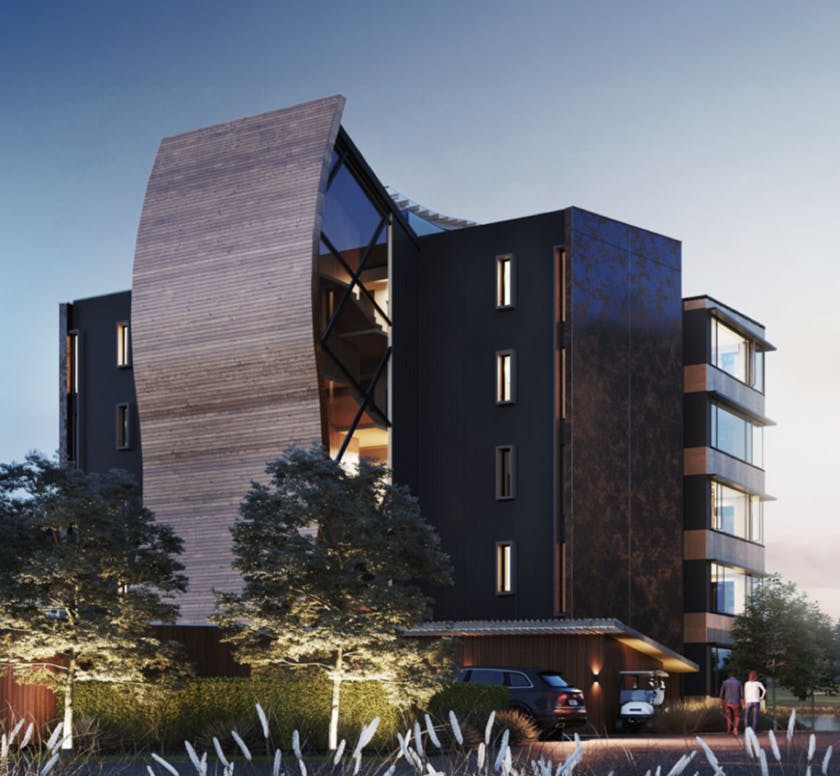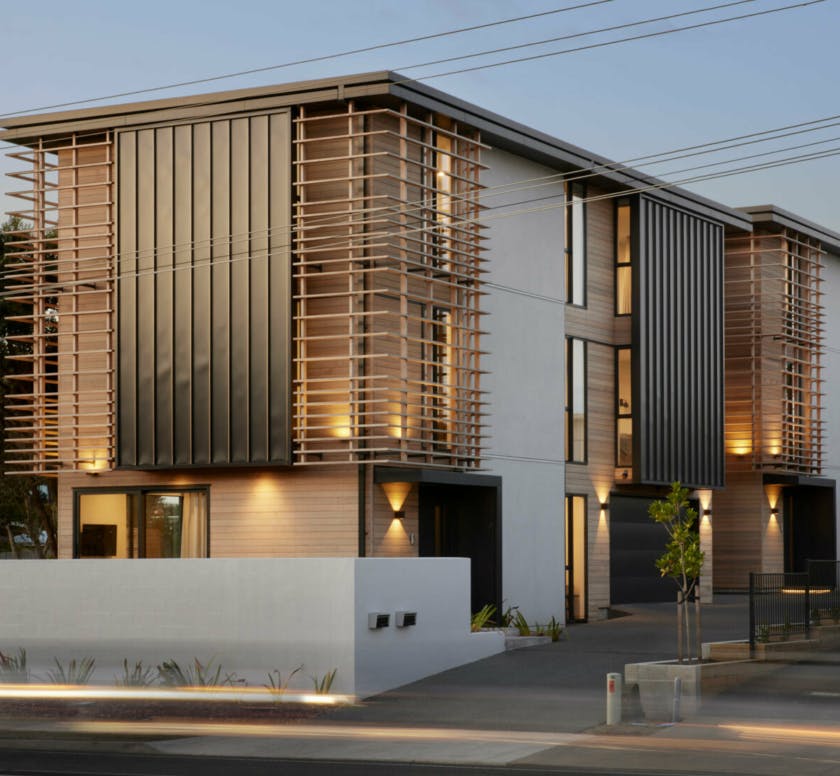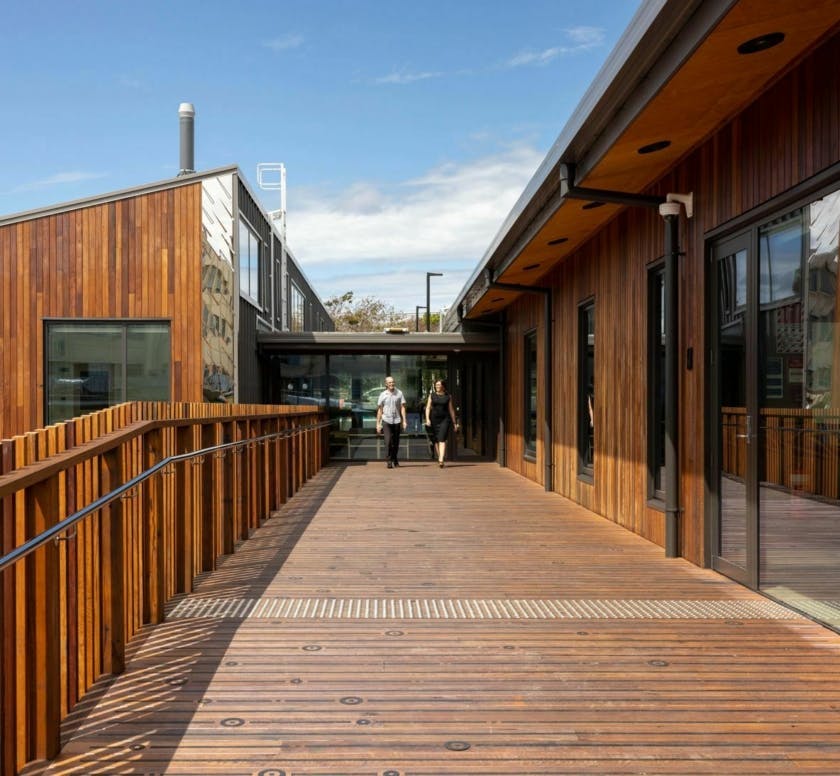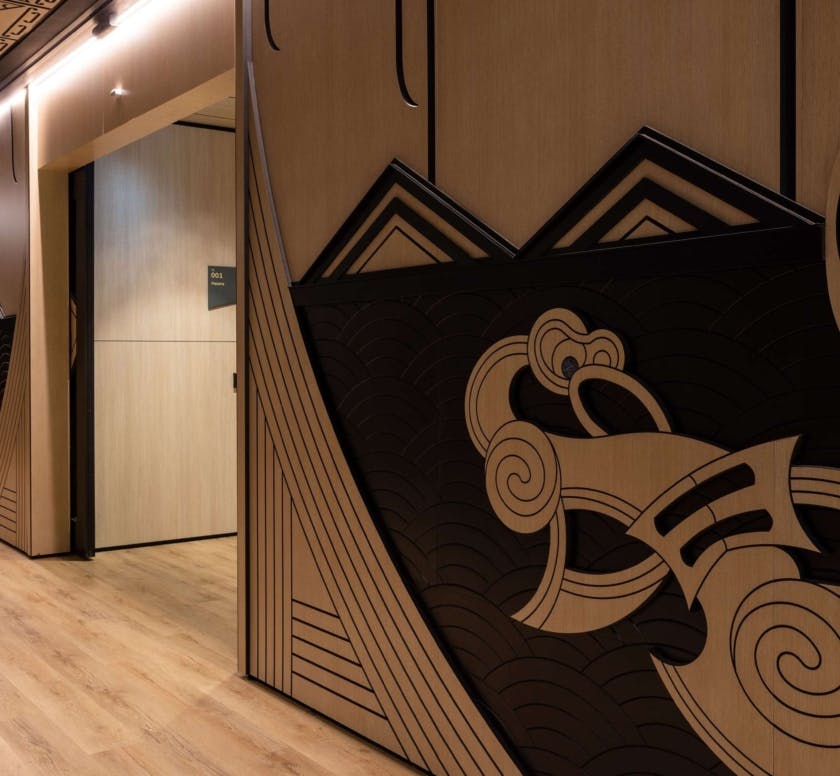Today’s timber is engineered to be strong and durable with most engineered wood products being made from multiple layers of wood bonded together, some of which are so strong they can be used as load-bearing elements in buildings. For example, laminated veneer lumber (LVL) is comparable to unreinforced concrete at withstanding high compressive loads (pushing/compacting) and significantly better at resisting tensile loads (pulling/stretching) than unreinforced concrete.
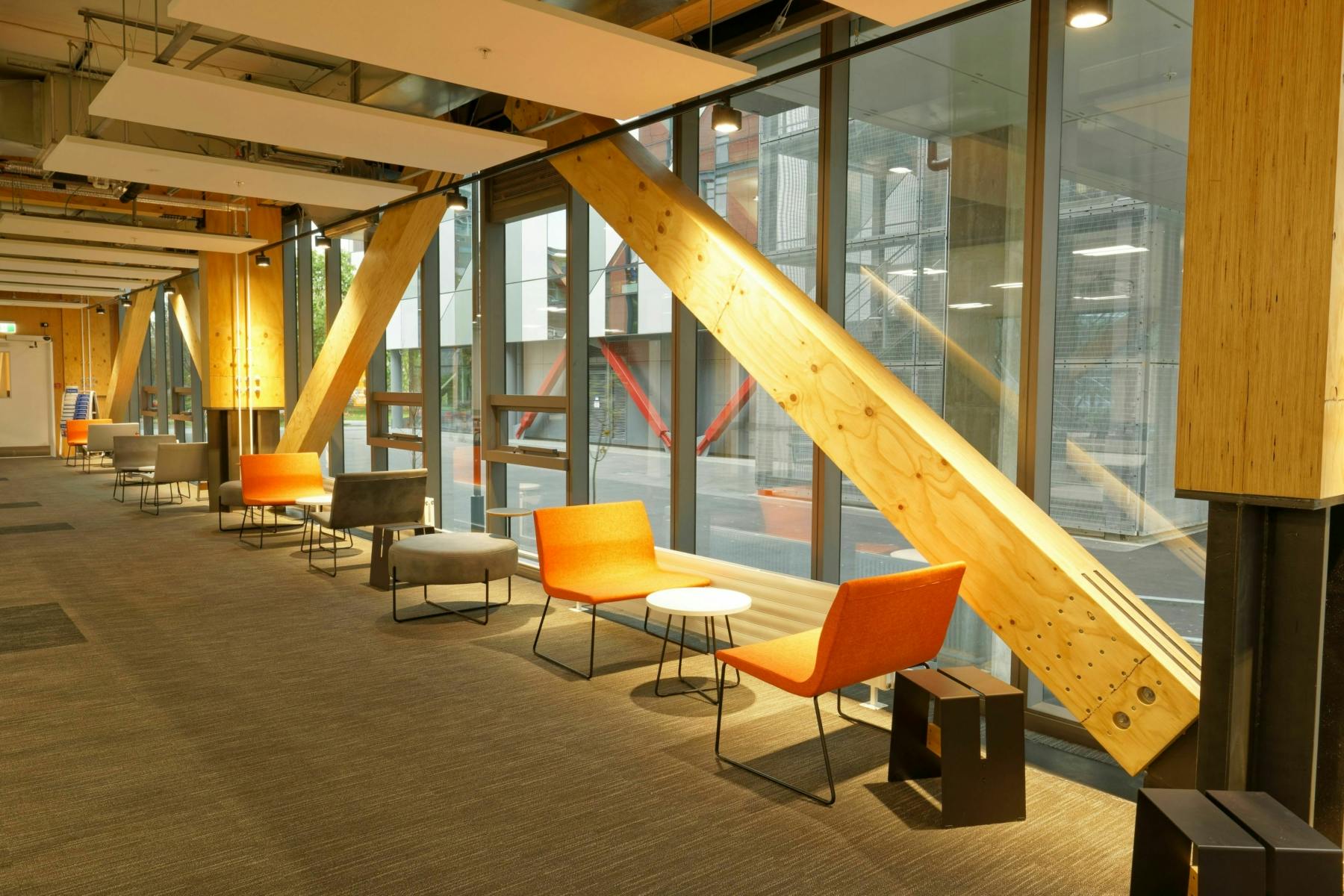
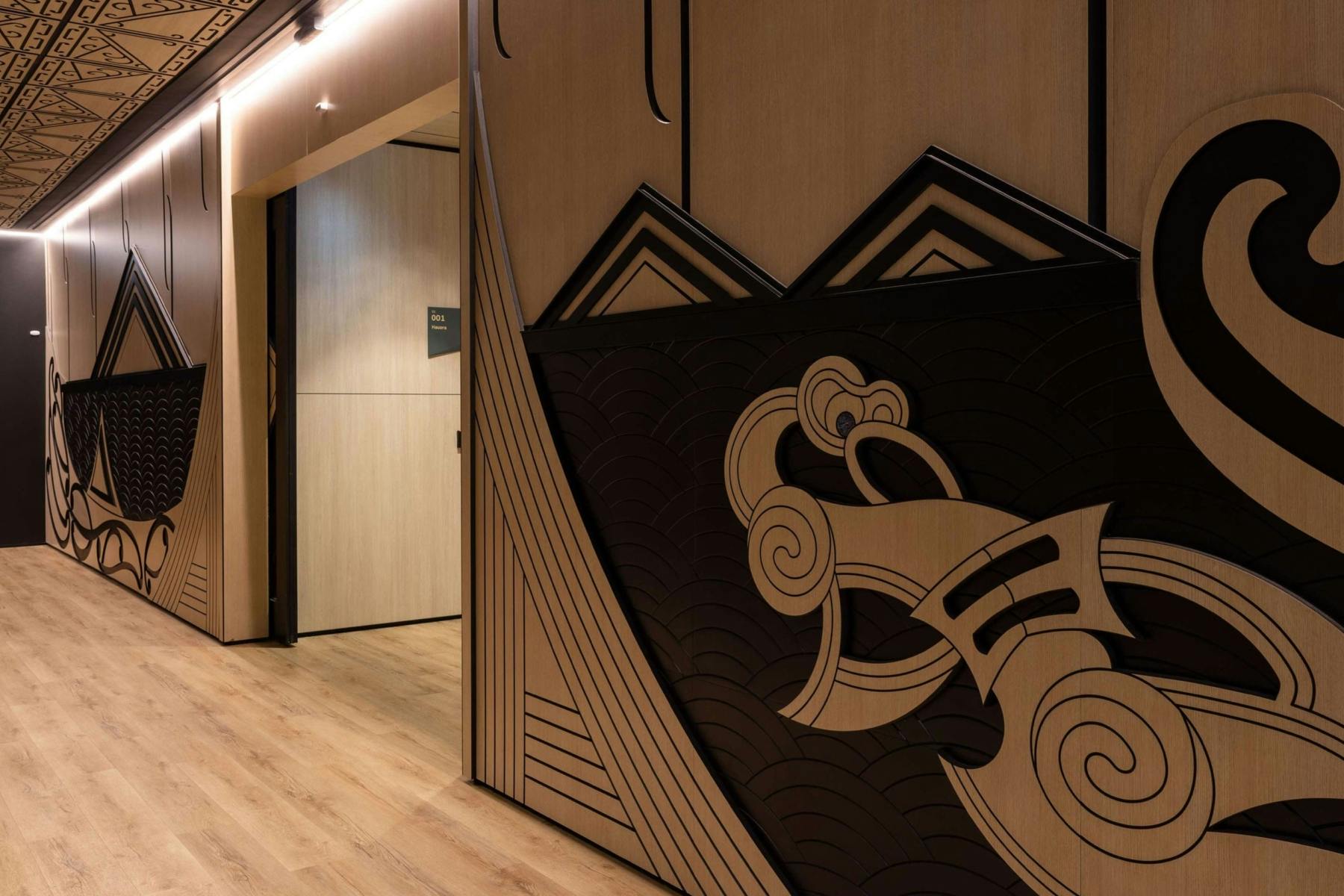
Adaptable, innovative, inspiring
Many architects and designers love working with timber due to how easily it can be cut, shaped, and joined to create intricate, innovative and inspirational building designs. As a lightweight material compared to concrete or steel, timber is also easier to handle and transport. The adaptability and innovation that emerges from designing and constructing buildings with timber are well demonstrated by the thought-provoking projects that entered Timber Unlimited’s Timber Design Awards.
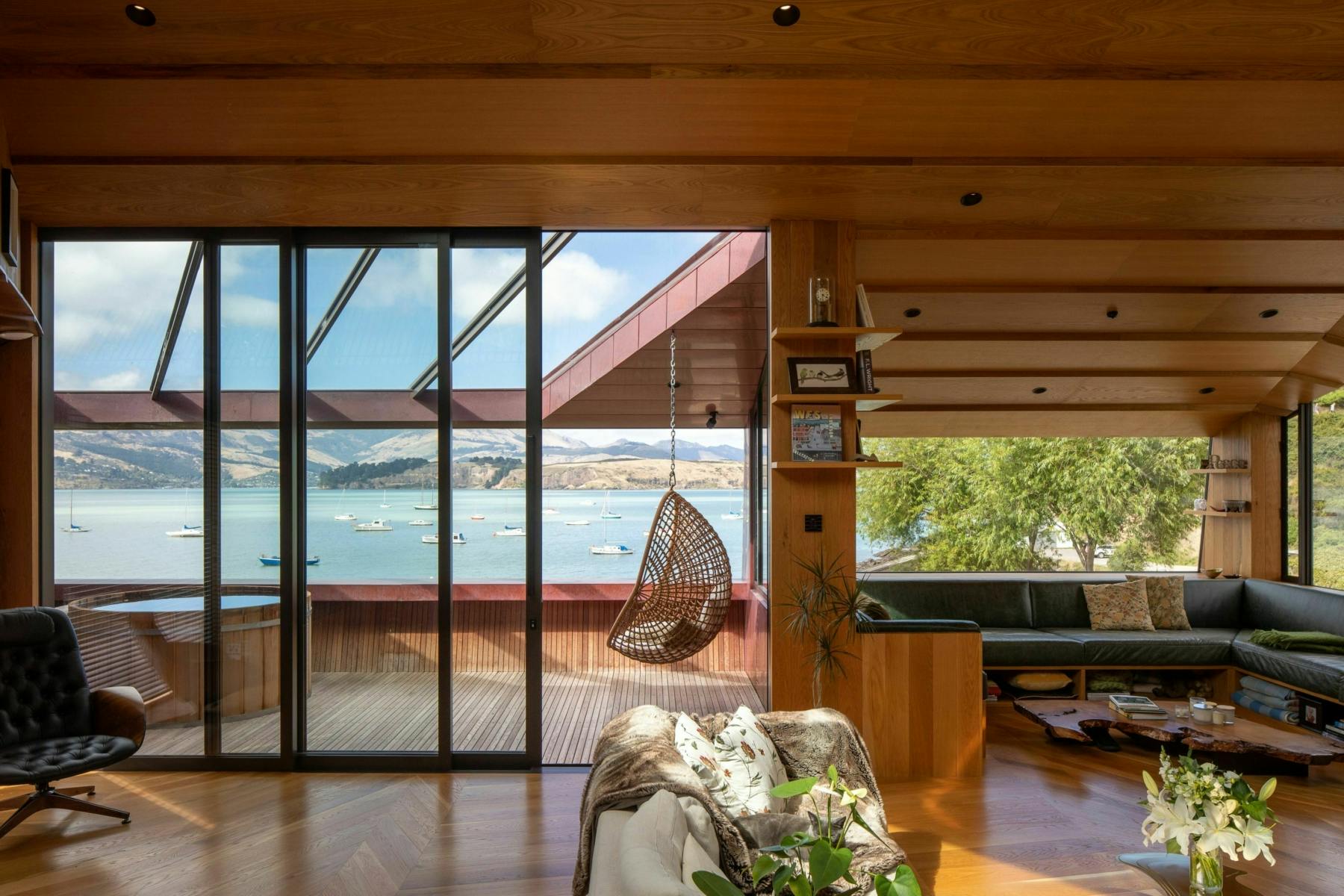
Warmer in winter, cooler in summer
A well-designed and well-constructed timber building can make it far easier to maintain a comfortable temperature and relative humidity. Timber is a good natural insulator and is a hygroscopic material, meaning it takes on or releases moisture vapour as needed to help maintain a steady indoor air temperature and relative humidity. By keeping the indoor environment comfortable throughout winter and summer, timber buildings use less heating and air conditioning throughout the year, helping to save energy and money.

Better for our planet
To tackle climate change, we all need to cut down on the carbon dioxide emissions created by new builds. Shifting to timber as a building material does just that. Concrete and steel production release high levels of emissions, but timber forests do the exact opposite — they absorb carbon dioxide and release oxygen. The absorbed carbon dioxide stays inside the timber for the entire life of the building it becomes part of. And the process of turning trees into timber also uses less energy than making concrete or steel.
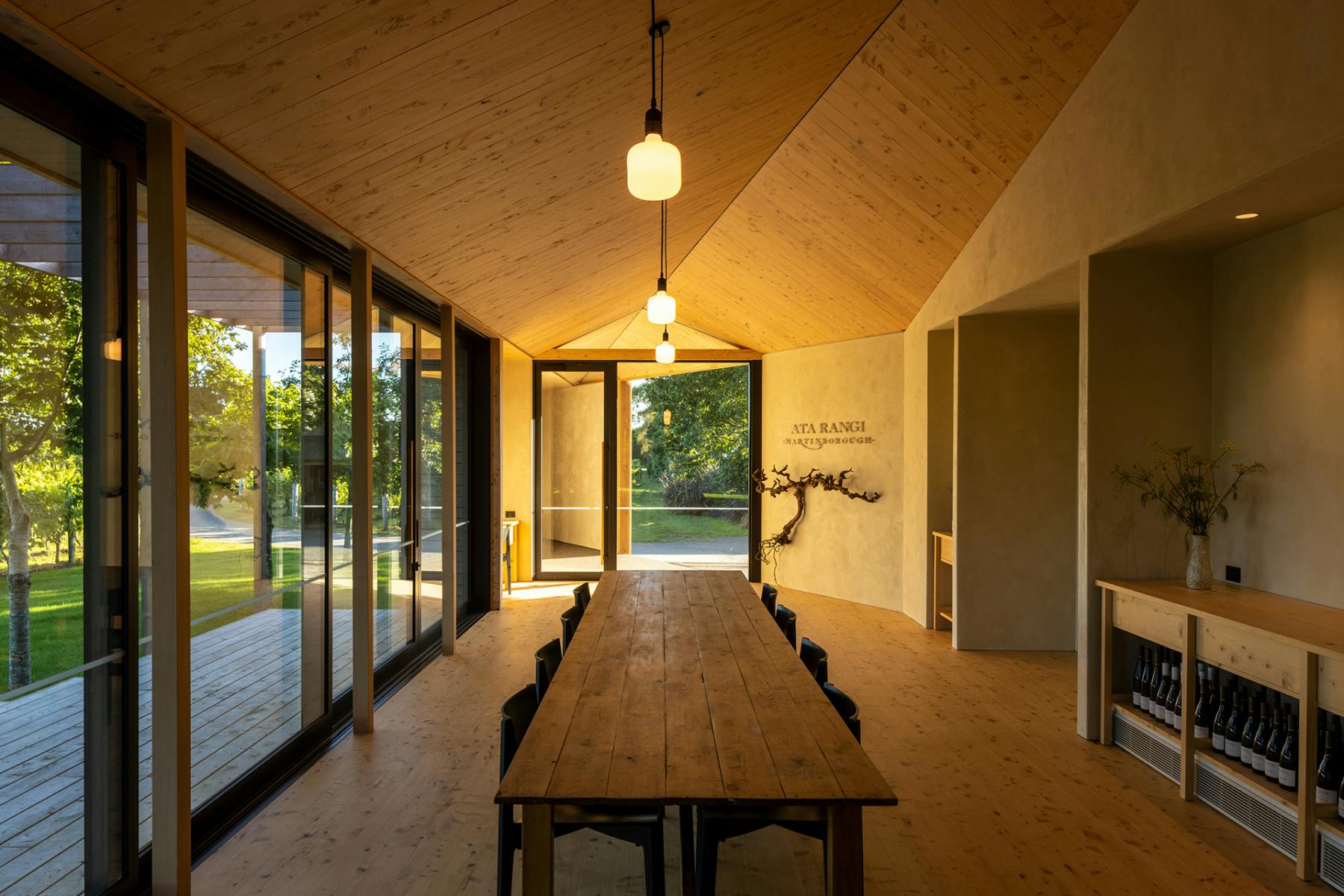
Naturally beautiful experiences
Many people are drawn to and appreciate the look and feel of wood. Timber’s natural beauty creates a warm and relaxing experience that makes almost any type of building a comfortable place to live or work. Many architects and designers place timber at the heart of building designs that embrace, include, and enhance the relationships people have with nature.


